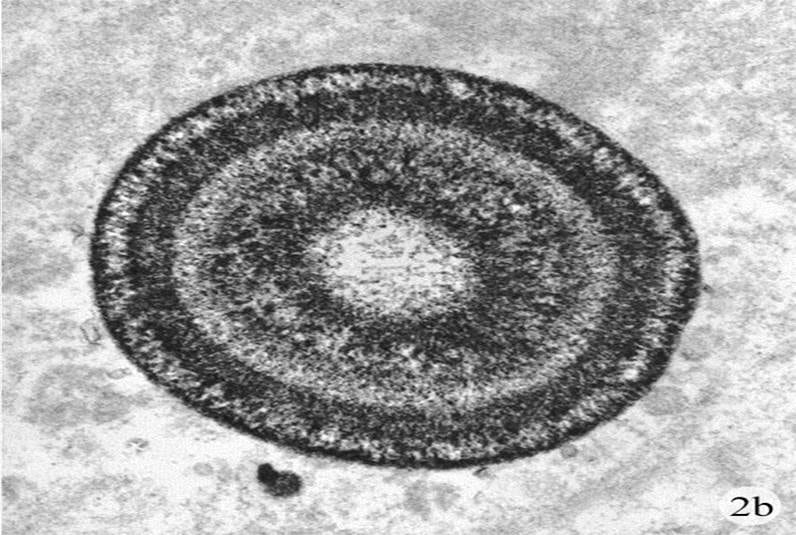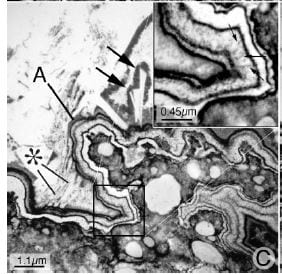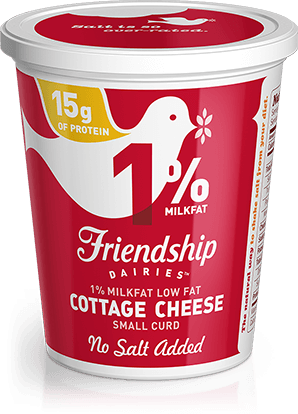
by Dr Fredric Coe | Aug 30, 2016 | For Doctors, For Patients, For Scientists
With considerable trepidation, I unfurl my first and certainly very unpolished video offering. The good part of the articles on this site is their devotion to scientific accuracy and referencing from PubMed. The bad parts are their opacity, length, and difficulty. I have long been a public lecturer and decided that video offerings might be a valuable add on. There is more room, I think I speak better than I write, and it seems to me one video can summarize and complement a group of written articles, so I did this one. It covers crystal formation, how crystals are made, and where in the niches and crevasses of the kidney they actually form. Its message is my usual one: Prevent crystals and you prevent stone disease. This is a beta version. I know it has some errors in it. I also know it lacks refinements I need. But, refinements and corrections will come. Let me know.

by Dr Fredric Coe | Aug 29, 2016 | For Doctors, For Patients, For Scientists
Here is the most common kind of stone former, described in such detail as one can muster up at this time. They are simple to diagnose: Stones containing a preponderance of calcium oxalate, no uric acid, struvite, cystine, brushite, drugs, or rare organic materials, and exclusion of any systemic disease as a cause of stones. More or less, these patients are stone disease as it is seen in primary care and most urology practices. Of the millions of stone formers most are like this. The trials for prevention of calcium stones have mainly used these patients as a majority of subjects. However common they may be, and easy to define, they are complex in the way that they make stones, and it appears that there may be not one but perhaps two kinds of idiopathic calcium oxalate stone former. Because of modern flexible ureteroscopy the types of idiopathic calcium oxalate stone former will soon be told apart during stone removal surgery, and patients and their physicians confronted with a variety they may not fully expect. This article sums up what is known, as best as I can manage.

by Dr Fredric Coe | Jul 28, 2016 | For Doctors, For Patients, For Scientists
The second in this series of stone forming phenotypes, the calcium phosphate stone formers are less numerous than the calcium oxalate stone formers, but perhaps more worrisome, and certainly more complex. There are two types, those whose stones contain any brushite – an unusual form of calcium phosphate in stones, and those whose phosphate is only hydroxyapatite – the mineral found in bones. This latter group is to a large extent composed of young women, for reasons we do not know. Phosphate stones are likely than the calcium oxalate variety to be numerous, and often produce nephrocalcinosis, a mixture of small stones and tissue calcium deposits. Nephrocalcinosis, in turn, is often labelled medullary sponge kidney simply on radiological grounds, even when the distinctive lesions of MSK are not necessarily present. Likewise, phosphate stone patients can appear to have renal tubular acidosis because of nephrocalcinosis and because RTA and phosphate stone patients both produce a more alkaline urine than do normals, or patients with calcium oxalate stones. All in all, this is a complex form of calcium stones, challenging for clinicians and often very trying and concerning for patients with it. The article is long and difficult, so you might want to watch this video by way of an introduction.

by Dr Fredric Coe | Jun 27, 2016 | For Doctors, For Patients, For Scientists
As I see things, all of stone disease concerns the balance between the opposing forces of supersaturation and kinetic retardation of crystallization. The former is better understood and more tractable because easily measured and commercially produced for clinical care. The latter is not fully understood in term of the molecules responsible and not commercially available as a clinical test. So of the two primary forces that control whether crystals can form, we have only supersaturation to use. Being so central, this one measurement, for each of the stone crystals, has unusual importance. These three relatively short videos cover the main elements of supersaturation: What it is, how kidneys produce it, and how it is measured and used in stone prevention. They combine with ‘How Stones Form’ to make what I think is a fine story about stone disease and a fine basis for understanding how stones are best prevented. I have gathered together in the article links to all of the supersaturation articles on the site thus far.

by Jill Harris, LPN | May 2, 2016 | For Doctors, For Patients
Many patients assume that they are forming calcium stones and should therefore limit their calcium intake. That assumption could not be more wrong. Low calcium diet won’t stop your stones and may even increase your risk. Lets not forget that our bones are in...

by Dr Fredric Coe and Elaine Worcester, MD | Feb 26, 2016 | For Doctors, For Patients, For Scientists
This is an article that can be written only by the readers of this site. We are not product testers nor do we do market surveys. But given how many fluid and diet apps one can find on the web and also given how many people come to this site every month we should be able to get a good idea about which ones seem of value. The benefit of accumulating your experience in comments to this very brief article accrues to all of you who come here. Whether you use an app or not crowd sourcing of a kind can tell us all which ones seem really good, and we can all use that knowledge. There are almost no words in the article, but as the results come in – in other words if you will share – we will count up by app in a table or so, ongoing. As for smart bottles, there are only a few on the market, but we should be able to get an idea about them if you will share. So, here it is: A blank slate for everyone to write on so everyone can benefit. Please share.






